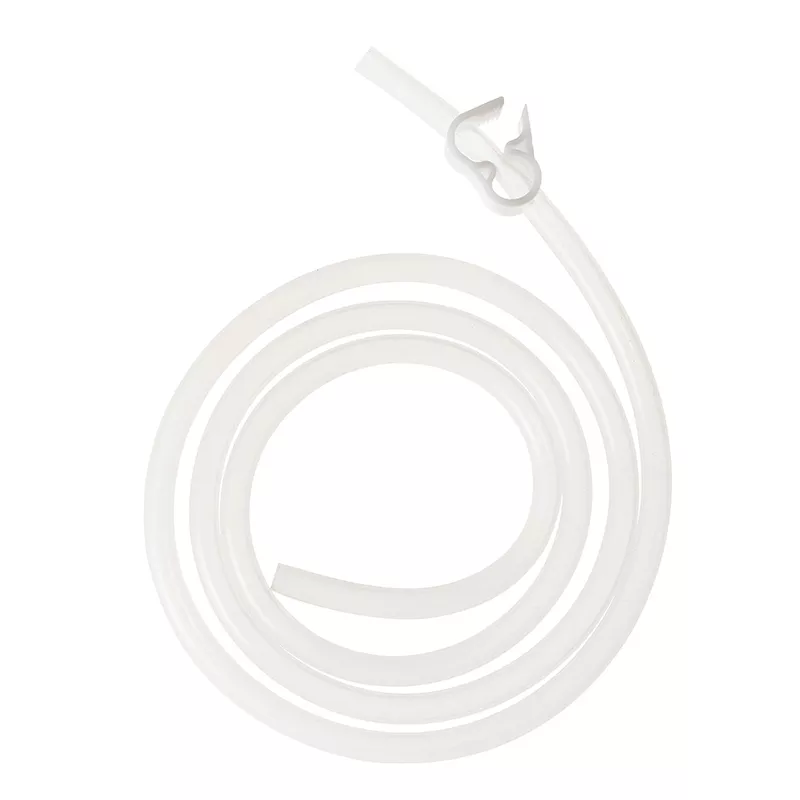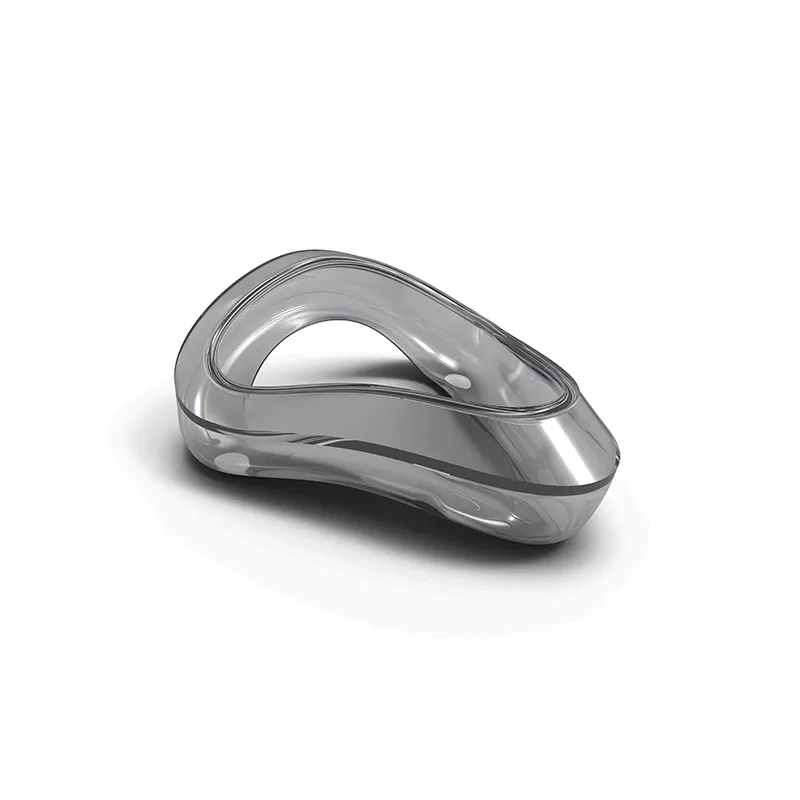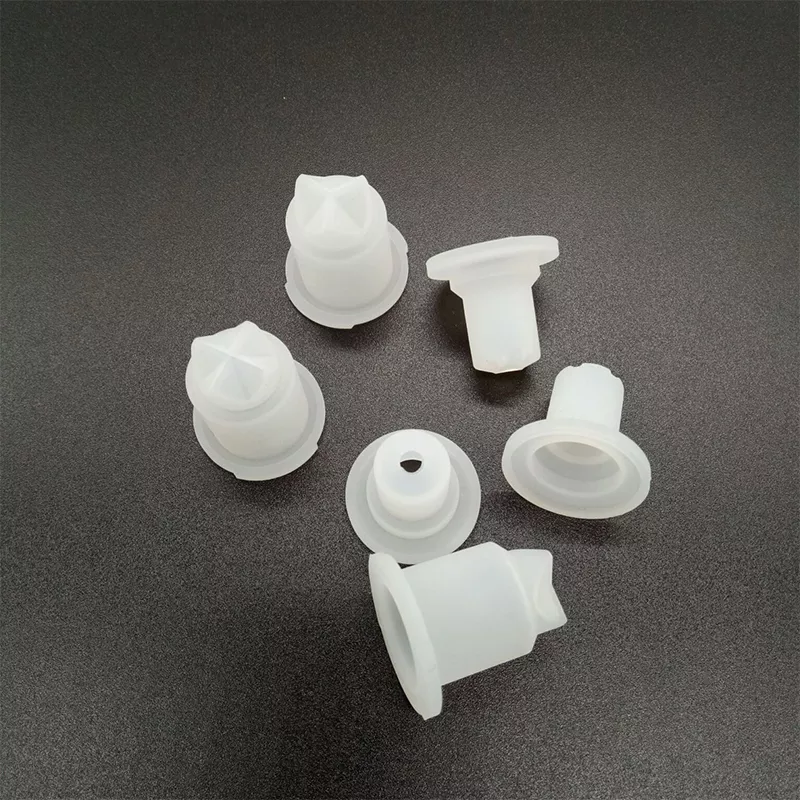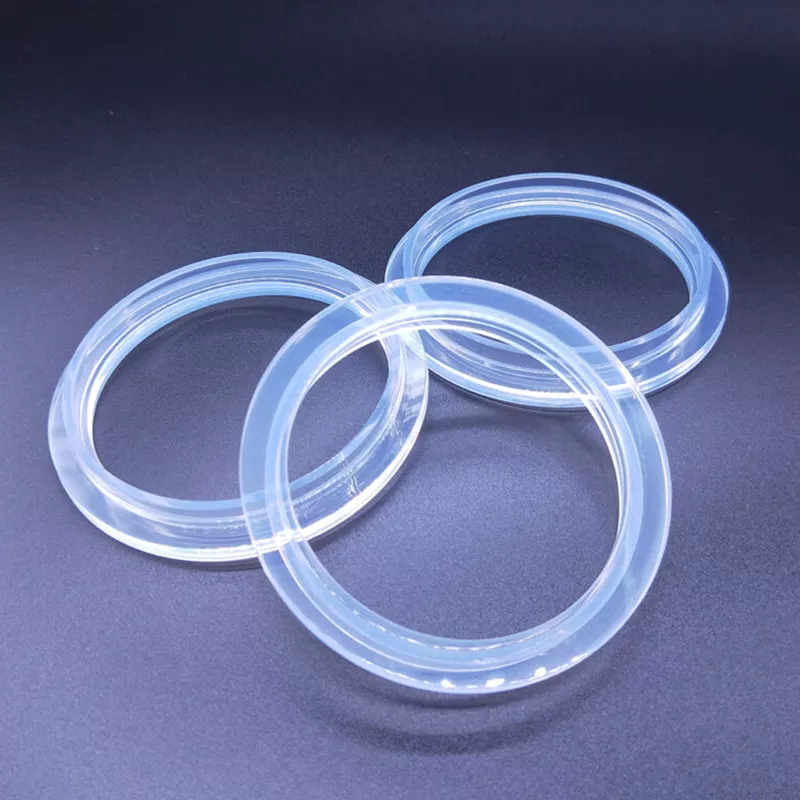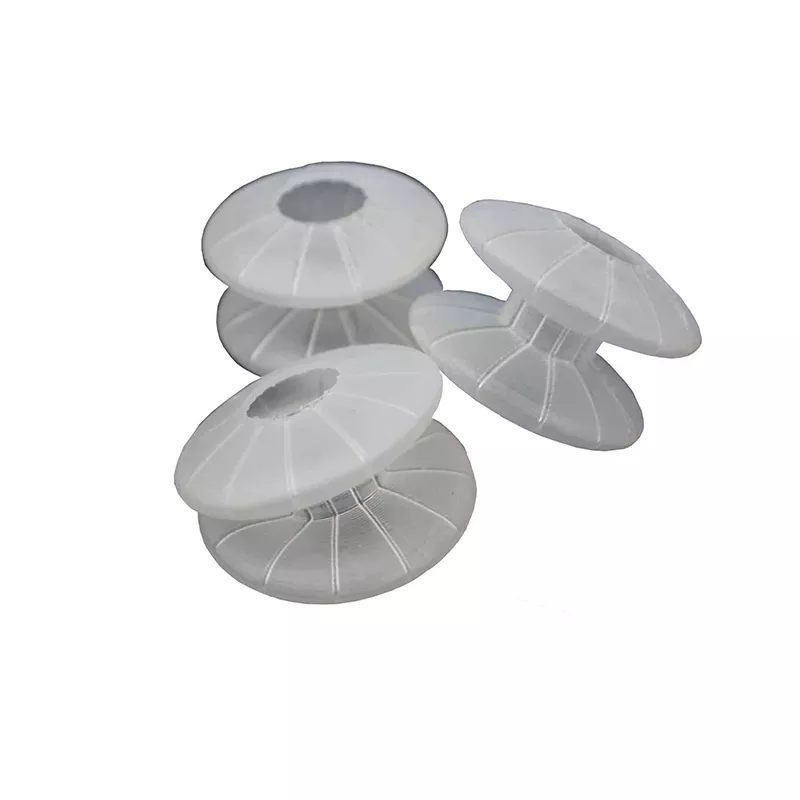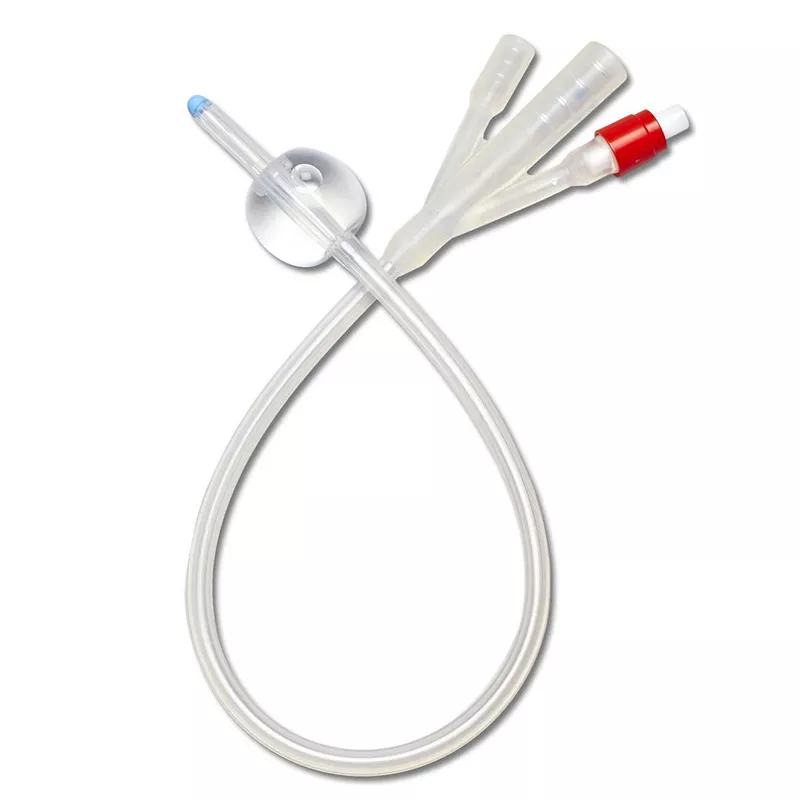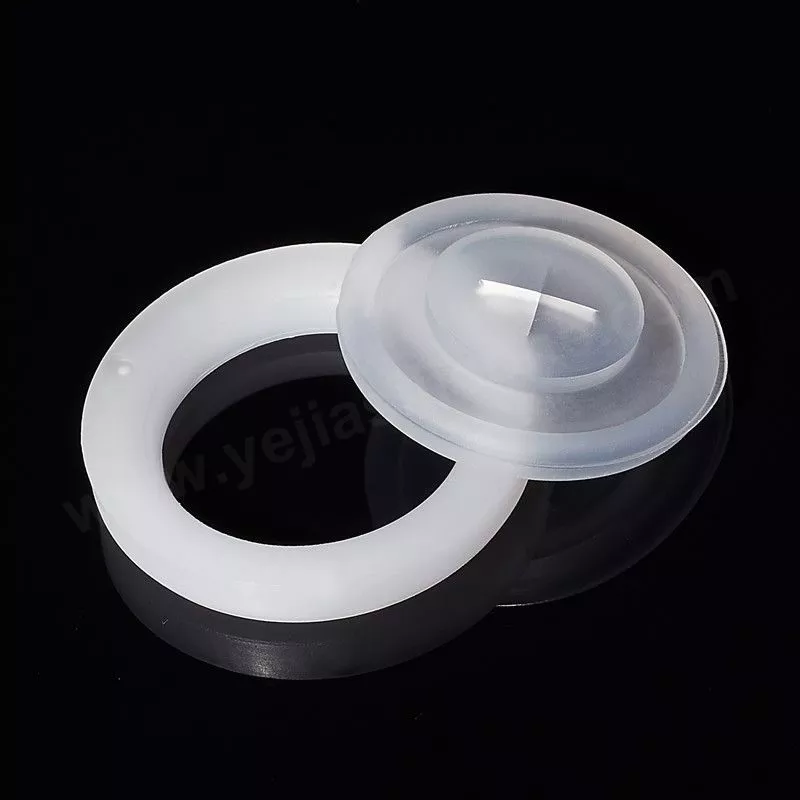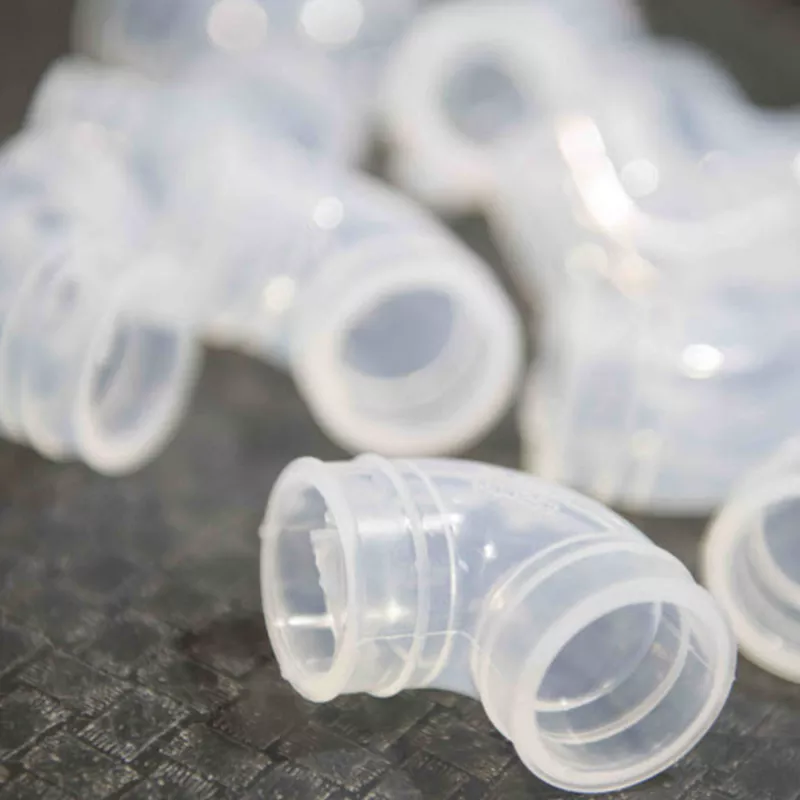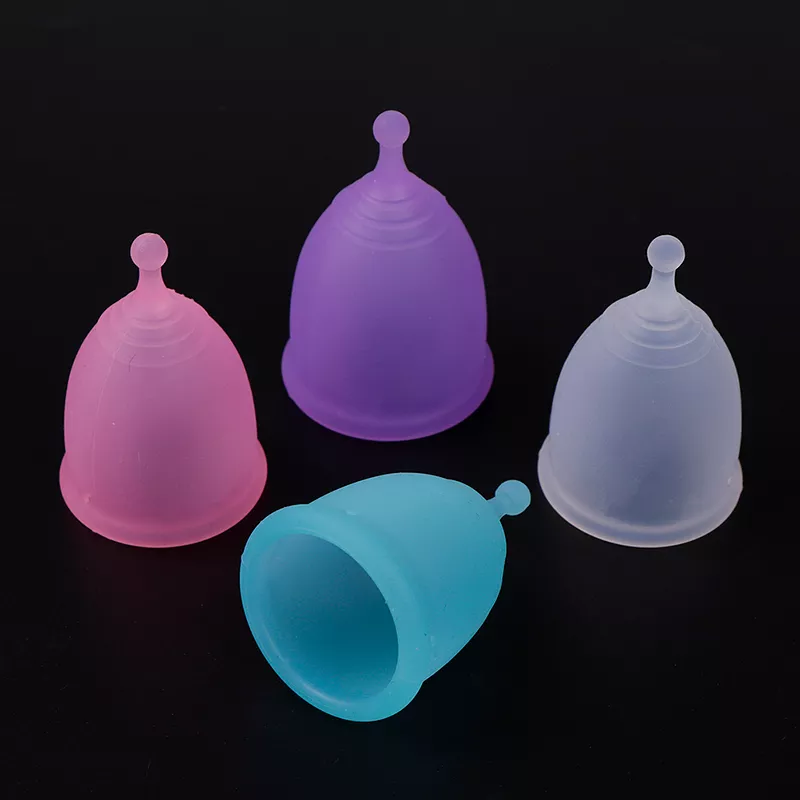Liquid Silicone Rubber Injection Molding
Rapid Manufacture has over 20 years’ experience in delivering cost-effective solutions for precision liquid silicone rubber (LSR) components and assemblies.
Liquid Silicone Rubber Molding
Rapid Manufacture has many years of experience in liquid silicone rubber injection molding as a professional liquid injection molding company. Our manufacturing capabilities allow us to offer products and services ranging from rapid prototyping to high-volume production of precision parts.
We have chosen to use LSR exclusively through injection molding. Liquid silicone rubber is highly durable. With a high tear and tensile strength, excellent flexibility, insulating properties (even electrical conductivity), biocompatibility, and a hardness range of 5 to 80 Shore A, molded silicone rubber is stable over a temperature range of -75°F to 400°F. LSR is also resistant to water, oxidation, certain chemicals, and bacterial growth and will not corrode or contaminate other materials.
Liquid silicone rubber injection molding online quote
A faster, easier way to order high-quality injection molded parts to accelerate iteration, testing and production at scale. Upload your design within our online quoting platform for DFM feedback and pricing. , and get an instant injection molding quote within 24 hours. Our platform also ensures you manage your orders with ease; from quotation to product delivery, you are in control.
Concept-to-market silicone manufacturing
Rapid Manufacture’s have full-service LSR manufacturing capabilities, including product development, prototyping with production representative tooling, advanced LSR mold-making, cleanroom silicone injection molding, multi-shot/multi-material molding, and secondary operations for single-source production.
Rapid Manufacture can help you take advantage of LSR's design flexibility, and our advanced silicone molding technologies can cut your program costs and increase component quality.
Diversity in applications
LSR is used in many mission-critical applications where failure is not an option. Rapid Manufacture specializes in molding tight-tolerance silicone components with exceptional shot-to-shot repeatability and zero-defect manufacturing.
Design flexibility
Silicone offers the ability to fill part geometries with tighter tolerances than are possible with a thermoplastic elastomer. Precise features, varying wall thickness, reduced likelihood of sink, small undercuts and negative draft are all possible with LSR.
Biocompatibility and performance properties
LSR is ideal for short- and long-term human implants because of its bacteria resistance, ease of sterilization, and odorless, tasteless and stainless characteristics.
Automatic silicone molding
The best way to decrease contamination is with automatic molding. Cycle times remain consistent, which is essential for liquid silicone molding, and it eliminates machine operators, reduces part variability, and lowers program costs, all while increasing quality.
Multi-material molding
Our specialty in molding multi-material components such as two-shot, insert, or overmolded parts can help expand your product’s performance options. Take advantage of Rapid Manufacture’s global injection molding services.
Sustainable product life
Silicone is unaffected by environmental factors and remains attractive throughout the device’s life. It does not lose transparency with age or exposure to UV light, moisture, or heat, and is resistant to scratches, cracks, and breaks.
Liquid Silicone Rubber Molding Capabilities
Rapid Manufacture has preliminary design guidelines that will give you an idea of our manufacturing capabilities. Also, it’ll help you create your own custom designs with improved characteristics, appearances, and decreased production time. Here are the details.
| Capabilities | US | Metric |
|---|---|---|
| Size | 12 in. x 8 in. 4 in. | 304.88mm x 203.2mm x 101.6mm |
| Volume | 13.3 cu. in. | 217,948 cu. mm |
| Depth | Maximum 2 in. from parting lines. | Maximum 50.88 mm from parting lines. |
| Projected Mold Area | 48 sq. in. | 30968 sq. mm |
| Machining Tolerance | +- 0.003 in. | +- 0.08 mm |
| Linear Tolerance | +- 0.025 in./in. | +- 0.025 mm/mm |
How Does Liquid Silicone Rubber Molding Work?
Due to the flexible nature of LSR, parts are manually removed from the mold, and thus, ejector pins are not built into the mold design. Like a standard aluminum tool, an LSR molding tool is fabricated using CNC machining to create a high-temperature tool built to withstand the LSR molding process. After milling, the tool is polished by hand to customer specifications, which allows six standard surface finish options.
The finished tool is loaded into an advanced LSR-specific injection molding press that is precision geared for accurate control of shot size to produce the most consistent LSR parts. Since LSR is a thermosetting polymer, its molded state is permanent—once it is set, it can’t be melted again like a thermoplastic. When the run is complete, parts (or the initial sample run) are boxed and shipped shortly thereafter.
Why Use Injection Molding?
Silicone injection molding offers clean, consistent results with tight tolerances that can be difficult to achieve with alternative methods such as compression or transfer molding.
A vital benefit of liquid silicone rubber over gum-based molding silicone substances is the cycle time. Depending on the stimulus and the cross-section of the part to be welded, the welding cycle time for liquid silicone parts ranges from 30 seconds to three minutes – our typical hardening time is from 25 to 50 seconds.
In contrast, gum base silicones might extract from 3 to 5 minutes of complete cycle time in a traditional silicone mold. Therefore, a solitary or two-tooth cavity injection mold will out-produce a multi-cavity mold. With fewer cavities required to sustain manufacturing, tooling prices and lead times are decreased in addition to component costs.
Alternatives
There are ways to create silicone-like parts without liquid silicone injection molding, by using an alternative process and/or material.
From a process perspective, the closest alternative is the injection molding of thermoplastic elastomers (TPE) or thermoplastic vulcanizates (TPV): these are pliable, impact-resistant plastics that are melted, injected, and solidified like other thermoplastics. An advantage of these materials is that they do not require metering and mixing. But although they have elastomeric properties, TPE and TPV are subject to theromoplastic weaknesses such as degradation in sunlight, and may not be suitable for certain medical applications.
Beyond injection molding, TPE is one of a handful of materials that can be made into a flexible 3D printing filament: a material used to additively manufacture rubberlike parts. TPU is another such material.
We Work With Nearly All Industries
Rapid Manufacture’s Liquid Silicone Rubber Injection Molding service is perfect for addressing the various demands of different industries, including the automotive, medical, and consumer goods fields.
